
Mostly what is going on is clear enough, but I have a few questions.
1) The page for Scopoli has a sound recording. Did I get it right that this is the two-syllable call of this species and not the three-syllable version in Cory's?
2) Images from the gallery, many of which may not be identifiable to species. Group A should be Cory's by range, and I am asking if any of these really are Scopoli's instead?
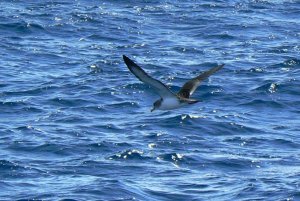
 www.birdforum.net
www.birdforum.net
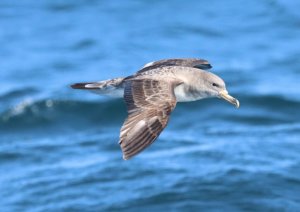
 www.birdforum.net
www.birdforum.net
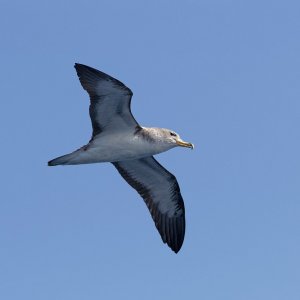
 www.birdforum.net
www.birdforum.net
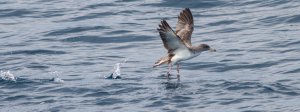
 www.birdforum.net
www.birdforum.net
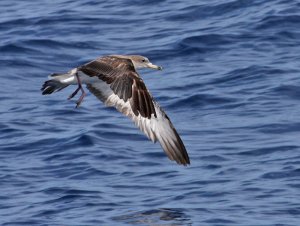
 www.birdforum.net
www.birdforum.net
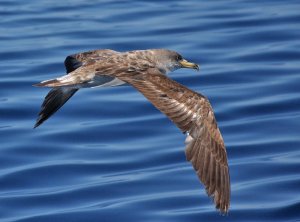
 www.birdforum.net
www.birdforum.net
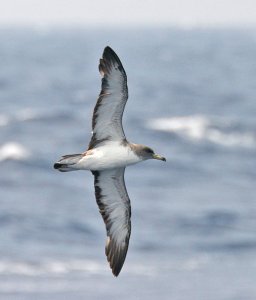
 www.birdforum.net
www.birdforum.net
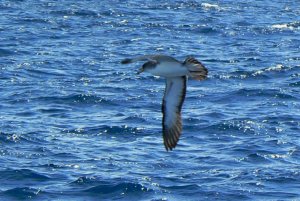
 www.birdforum.net
www.birdforum.net
2B) this one was uploaded as Scopoli's from an area where Cory's is more common:
Scipoli's Shearwater (1).JPG
2C) A bird uploaded as Cory's with post split scientific name, but from an area where both are quite frequent.
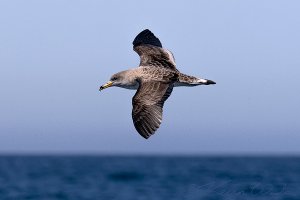
2D) Uploaded as Cory's with pre-split scientific name and from an area where most observations have been Scopoli's
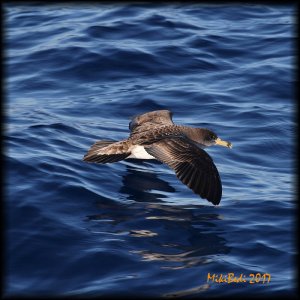
 www.birdforum.net
www.birdforum.net
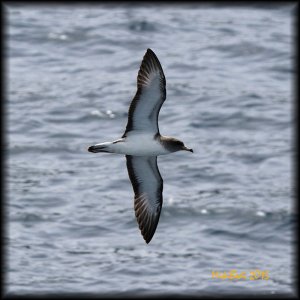
 www.birdforum.net
www.birdforum.net
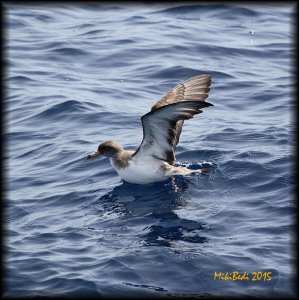
 www.birdforum.net
www.birdforum.net
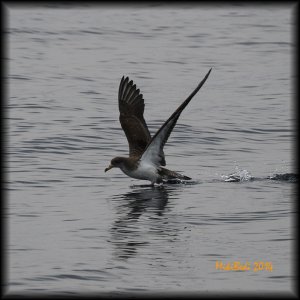
 www.birdforum.net
www.birdforum.net
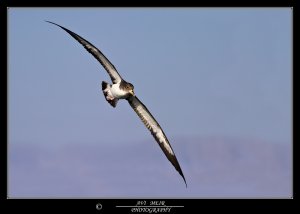
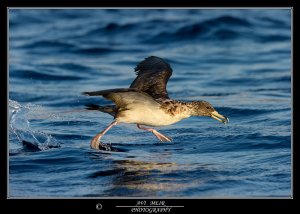
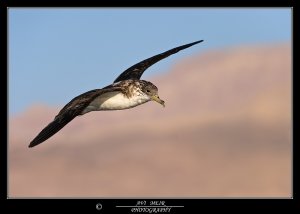
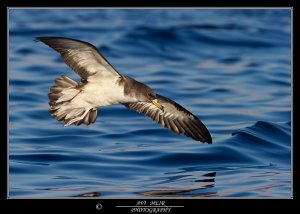
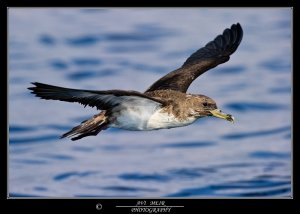
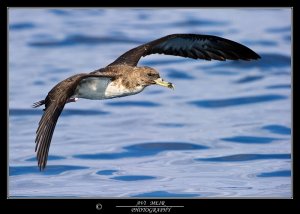
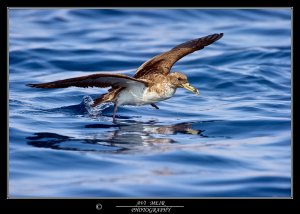
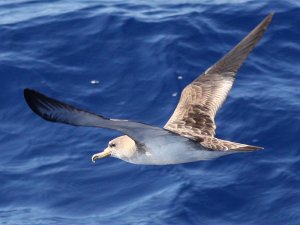
 www.birdforum.net
www.birdforum.net
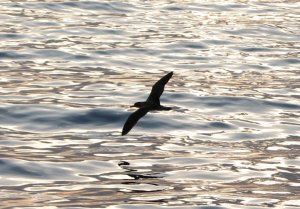
 www.birdforum.net
www.birdforum.net
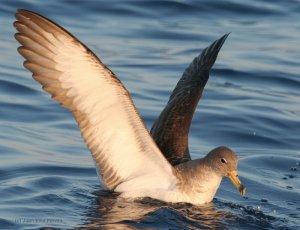
 www.birdforum.net
www.birdforum.net
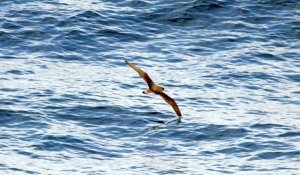
Thank you in advance to anyone who might be looking!
Niels
1) The page for Scopoli has a sound recording. Did I get it right that this is the two-syllable call of this species and not the three-syllable version in Cory's?
2) Images from the gallery, many of which may not be identifiable to species. Group A should be Cory's by range, and I am asking if any of these really are Scopoli's instead?

... Calonectris Diomedea

Cory's Shearwater

Cory's Shearwater

Cory's Shearwater

Cory's Shearwater

Cory's Shearwater

Cory's Shearwater

... Cory's Shearwater ...
2B) this one was uploaded as Scopoli's from an area where Cory's is more common:
Scipoli's Shearwater (1).JPG
2C) A bird uploaded as Cory's with post split scientific name, but from an area where both are quite frequent.

2D) Uploaded as Cory's with pre-split scientific name and from an area where most observations have been Scopoli's

Cory's Shearwater
Taken in Mallorca in May, apologies for the delay, seems somehow never got round to uploading any pics at the time :) Taken on a touristy Dolphin watching trip, posted a pic yesterday of a Shearwater which thought was different to 99.99% of the...

Cory's Shearwater
Taken some weeks back, on an early summer holiday to sunny Mallorca and very hot and sunny it turned out to be! Cory's Shearwater, a small number of these birds were visible from a pleasure cruise type of boat, where some folk jumped off for a...

Cory's Shearwater
Taken a couple of weeks back, on an early summer holiday to sunny Mallorca and very hot and sunny it turned out to be! Cory's Shearwater, taken from a pleasure boat, the kind some folk jump off for a swim when anchored in a bay, so guess I looked...

Cory's Shearwater
A quick week in the sun, having a holiday abroad for the first time in years...whilst trying to get a tan...had a camera to hand from time to time. New bird for me, both seeing and picture wise...Cory's Shearwater, not the best of pics, so a...








Cory's Shearwater
It is tricky getting a decent shot of these guys from a moving boat.

Cory's Silhouette
One of around 2000 shearwaters seen at Malta's largest colony of these beautiful birds. Sadly they could seriously be threatened by the possibility of develpoment on the cliff top!

Cory's Shearwater
The Cory's Shearwater is a common breeding visitor off the Maltese coasts with thousands of pairs nesting annually on cliff faces. I've had some nice experiences listening to these noisy birds calling somewhat like a baby, at night! This species...

Thank you in advance to anyone who might be looking!
Niels






